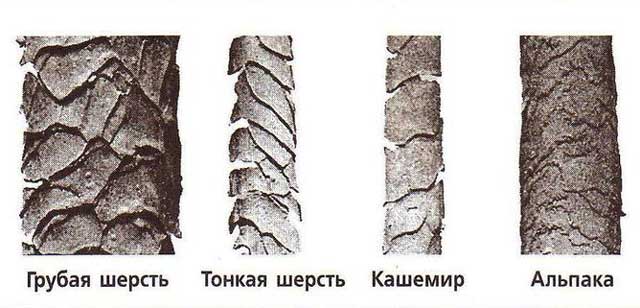Felting, as the process of manufacturing woolen goods, only possible thanks to the features of the structure of the hair and hair.
Under the microscope it is well visible that the hairs have a scaly surface, and scales, lying in a single layer, overlap each other like shingles.

At very high magnification, this thread will resemble the trunk of a palm tree as he is usually portrayed children. And when, in the process of felting, the wool fibres are randomly intertwined with each other, the scales begin to play the role of "locks", not allowing them to escape. Therefore, wool is the only fiber that can be matted.
When felting the wool amount of coma is significantly reduced (felt 80%), and the density and strength increase, but to a certain limit, after which overstrained fibers start to break and the material turns into dust.
Thus, the process of creating wool and flat, and bulk products involves the use of technologies and techniques that would allow properly mixing and twisting the fibres of wool.
In this book, are described and illustrated two methods of felting: wet and dry, and combinations thereof.



